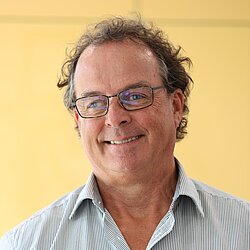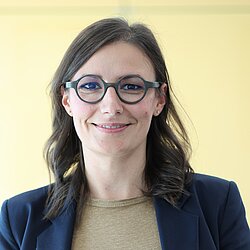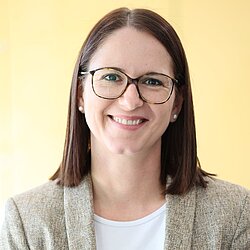Systems biology connects life sciences to mathematics and computer science. Experiments in the laboratory produce data, which are then combined with data from literature to obtain and further develop computer models. The goal is the prediction of biological processes, for example in a live cell. The route to be taken includes the experimental determination of all important biological data for this cell, the analysis of such data and ultimately its integration into mathematical models.
Similar to models of physical processes in the engineering sciences, as used in a flight simulator, this allows predictions of biological processes. The results of the experiments and the models are repeatedly compared to each other and thus optimised step-by-step. This allows the scientists to gain a steadily more detailed understanding of the underlying biology.
It is the objective of the HZI to investigate bacterial and viral infections as well as their interactions with the immune system from the molecular level to organisms and populations and to make this research applicable, i.e. to lead it to the development of novel agents and therapies. The bioinformatics and systems biology research at BRICS will help us utilise the vast amount of research data as optimally as possible for the control of infectious diseases.

Systems biology can only work if experimental and theoretical groups work very closely together. The theorists must have a very precise explanation of how the biologists' experiments work. And the biologists must develop a precise picture of what data the modelers need for a meaningful model in order to adapt their experiments accordingly. The BRICS building on the campus of the Technical University of Braunschweig creates the framework conditions to ensure this collaboration is as effective as possible.
Information on the BRICS building:
- The floor space of 3,500 square meters includes state-of-the-art biological laboratories, offices and rooms for teaching:
- Complex laboratory and ventilation technology was used to create specialized measuring and work rooms.
- A large IT training room, a practical laboratory room and two seminar rooms were provided for the students' training.
- All floors are equipped with meeting rooms, tea kitchens and break areas.
- 260 workstations were set up and equipped. The finished building comprises 180 computer workstations and 80 laboratory workstations.


